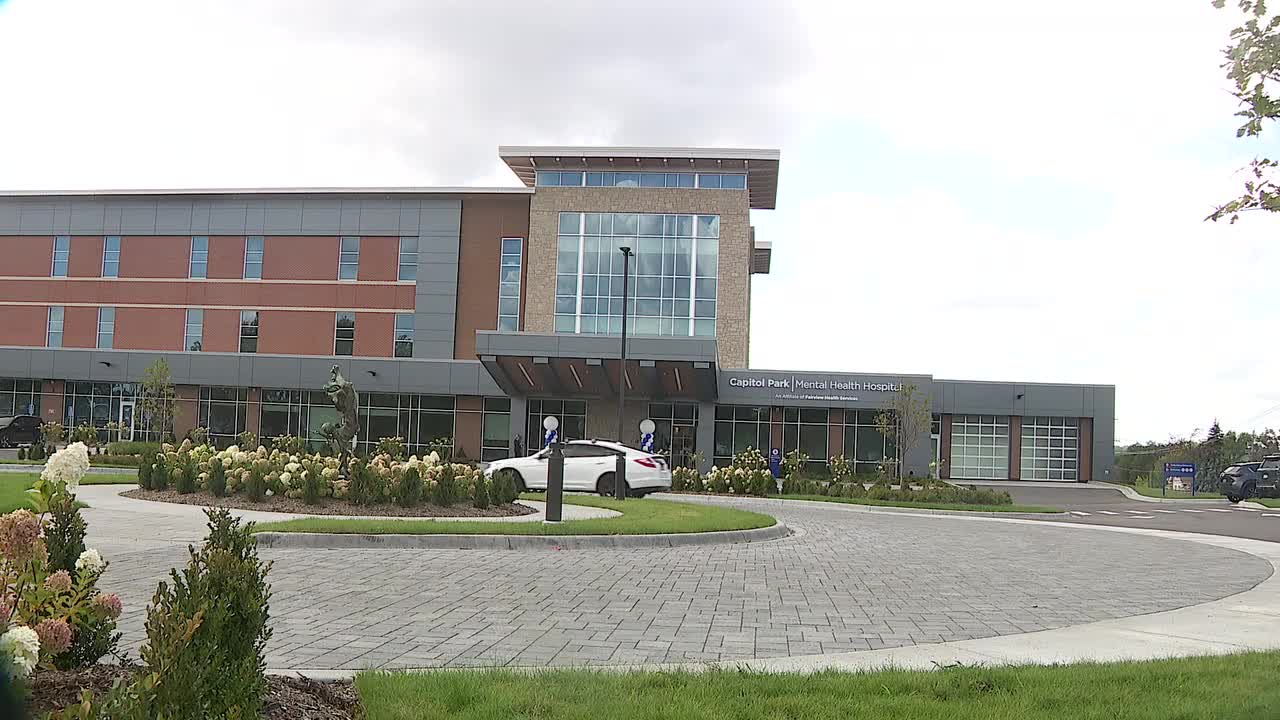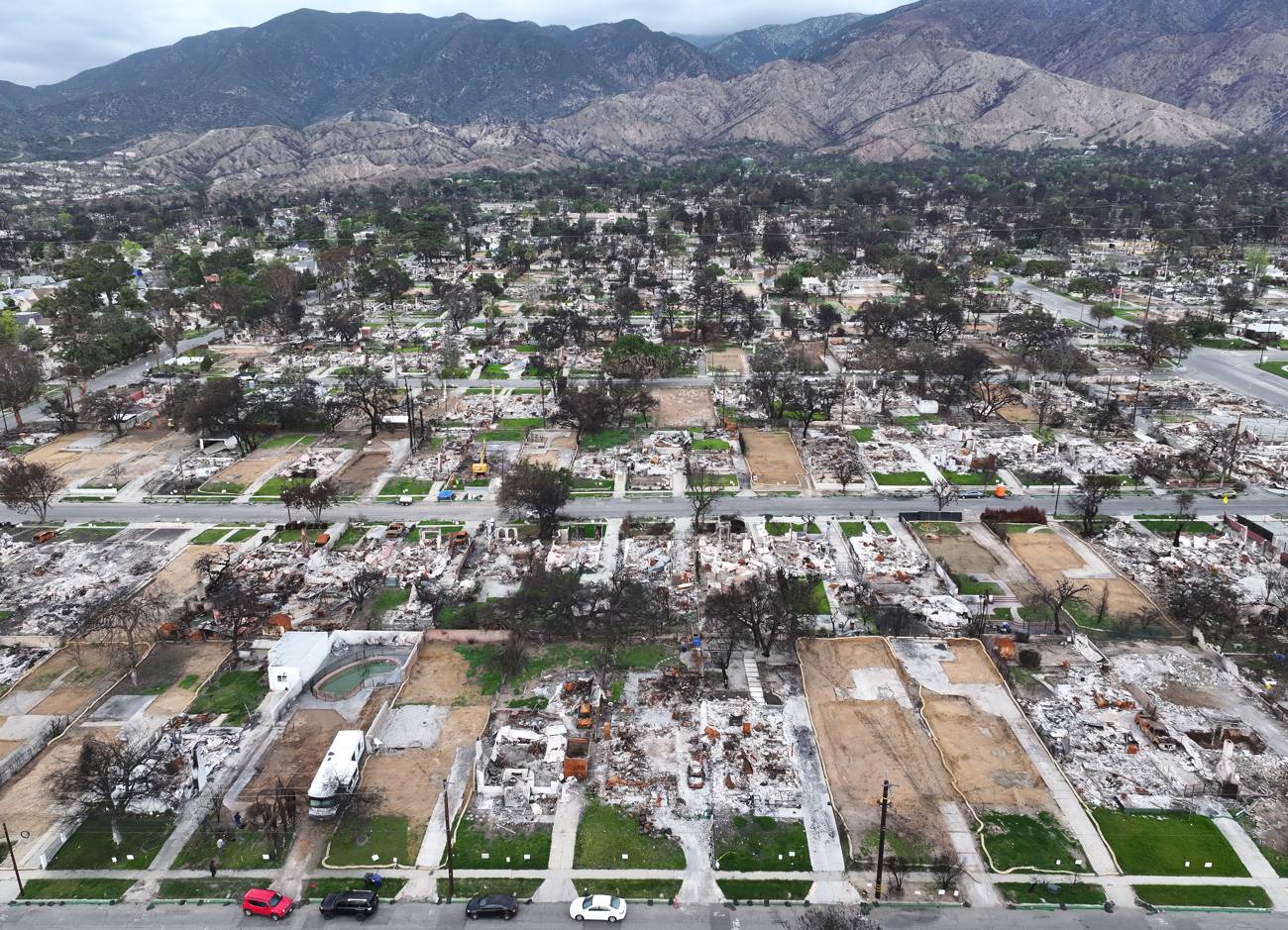COVID's Decline: No Longer a Top Killer in America

In a significant milestone for public health, COVID-19 has been removed from the list of the top 10 leading causes of death in the United States for the first time since the pandemic began in 2020. This development signals a remarkable shift in the nation's battle against the coronavirus, reflecting the effectiveness of vaccines, improved treatments, and widespread immunity.
The Centers for Disease Control and Prevention (CDC) data marks a turning point in the pandemic's trajectory, suggesting that the virus has transitioned from a devastating global emergency to a more manageable health concern. While COVID-19 continues to circulate, its impact on mortality rates has dramatically decreased compared to the height of the pandemic.
This change represents more than just a statistical shift; it symbolizes hope and resilience. The removal of COVID-19 from the top 10 causes of death underscores the incredible scientific advancements and collective efforts that have helped communities adapt and protect themselves against the virus.
As the nation continues to move forward, health experts emphasize the importance of maintaining vigilance, supporting ongoing vaccination efforts, and remaining prepared for potential future health challenges.








